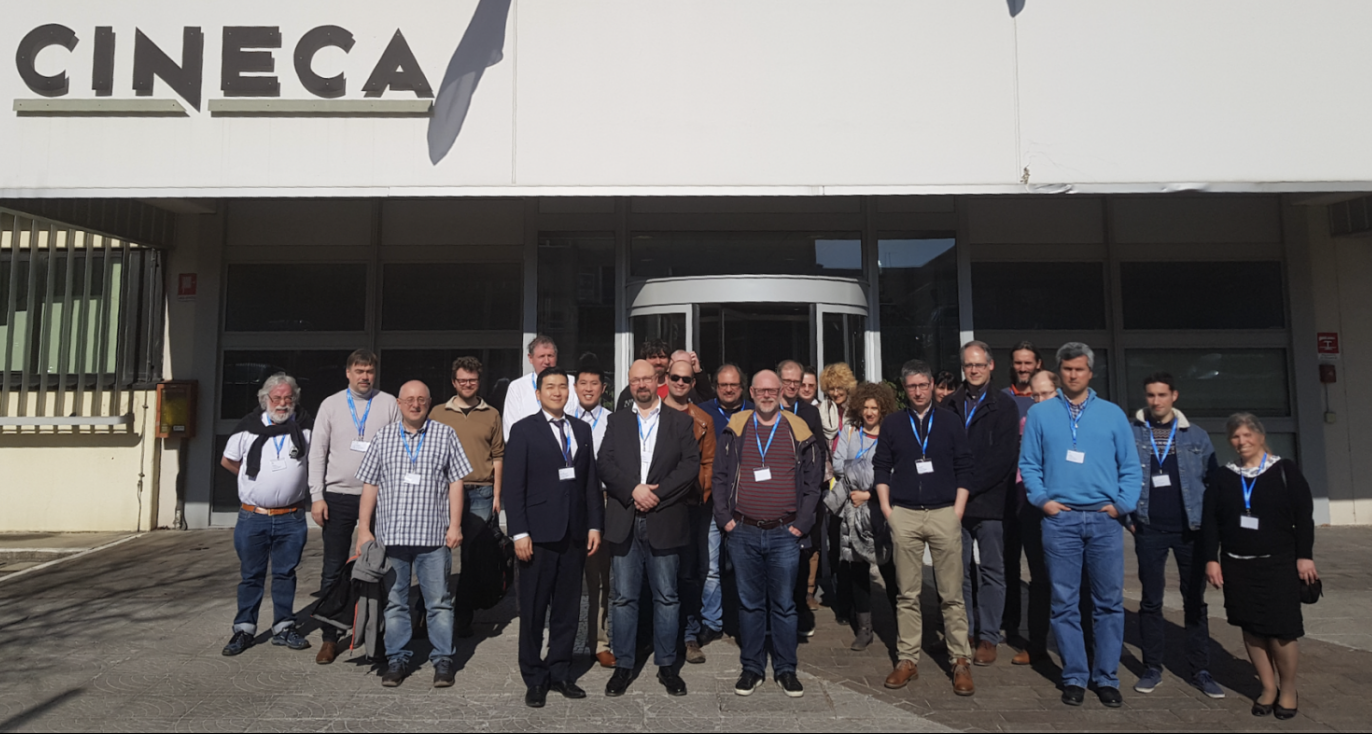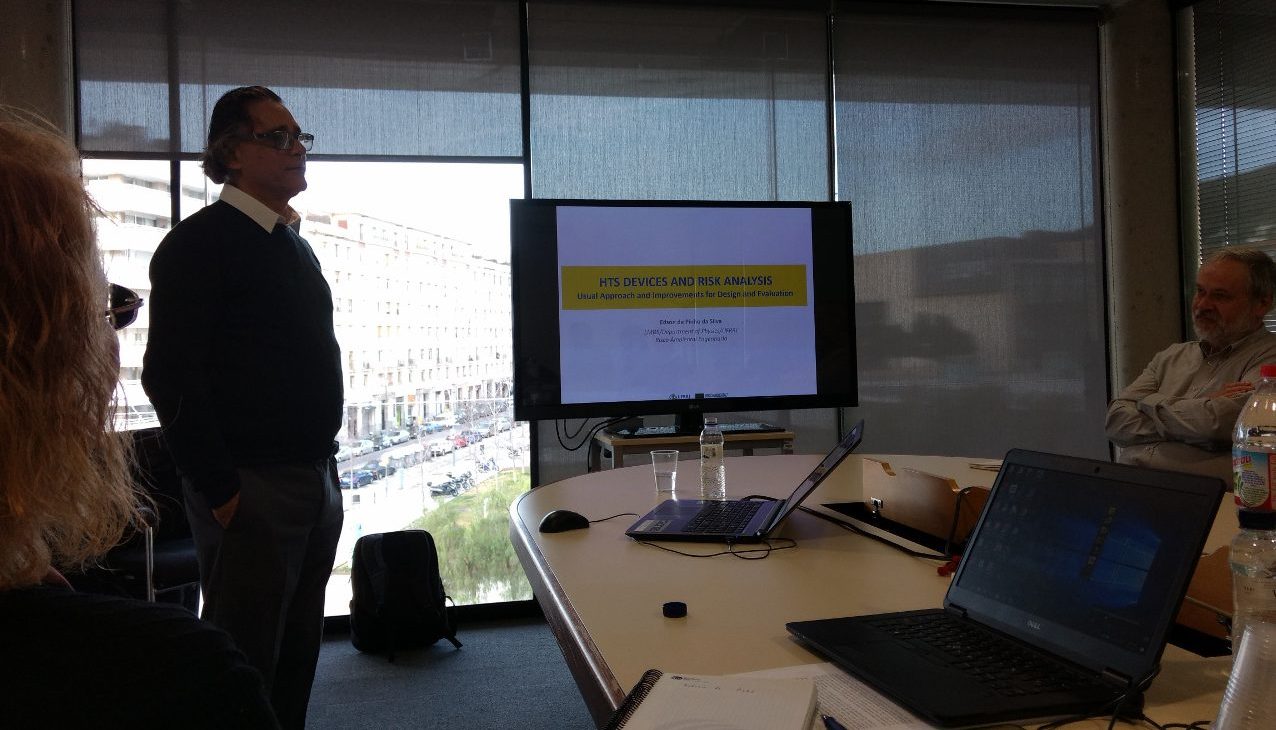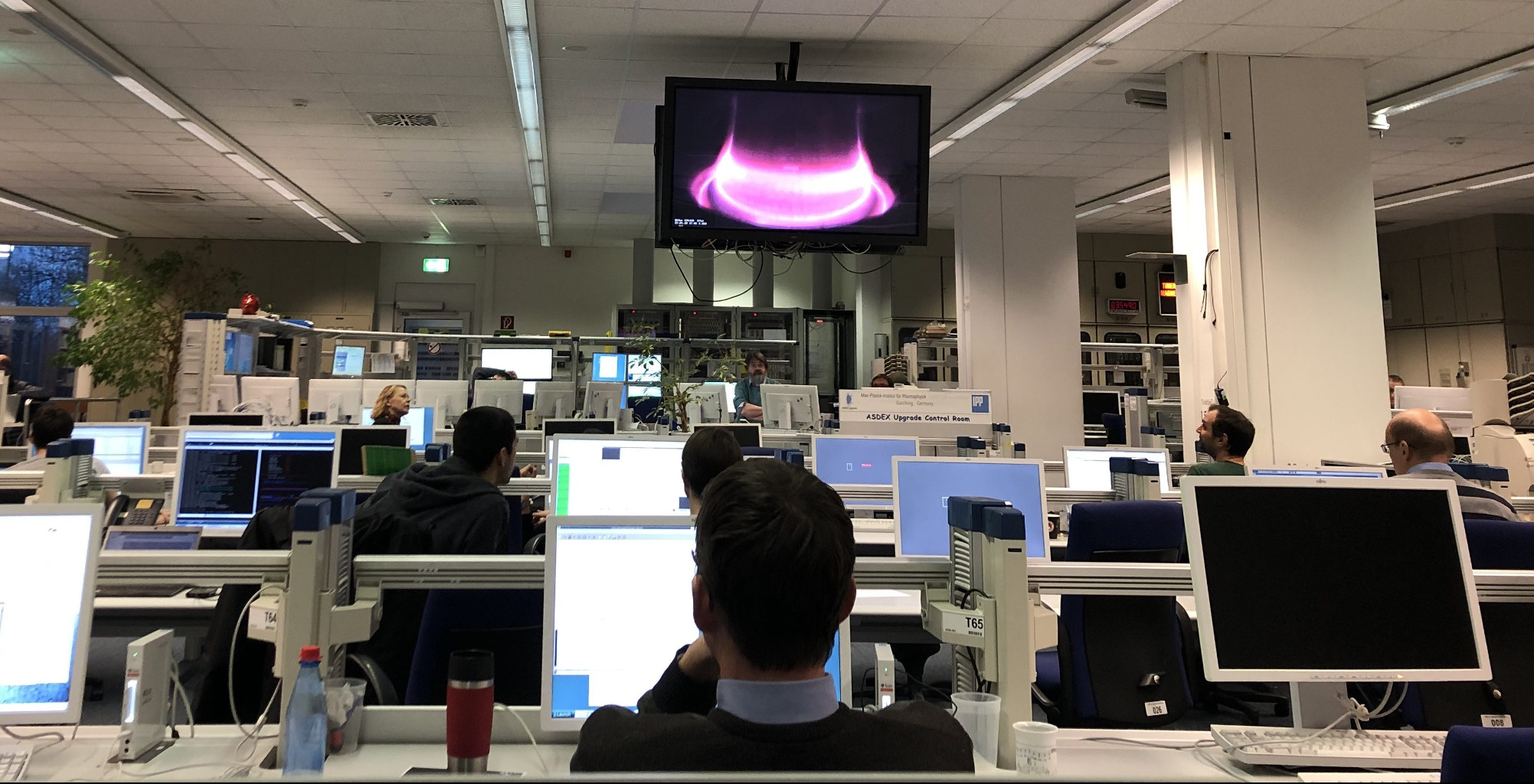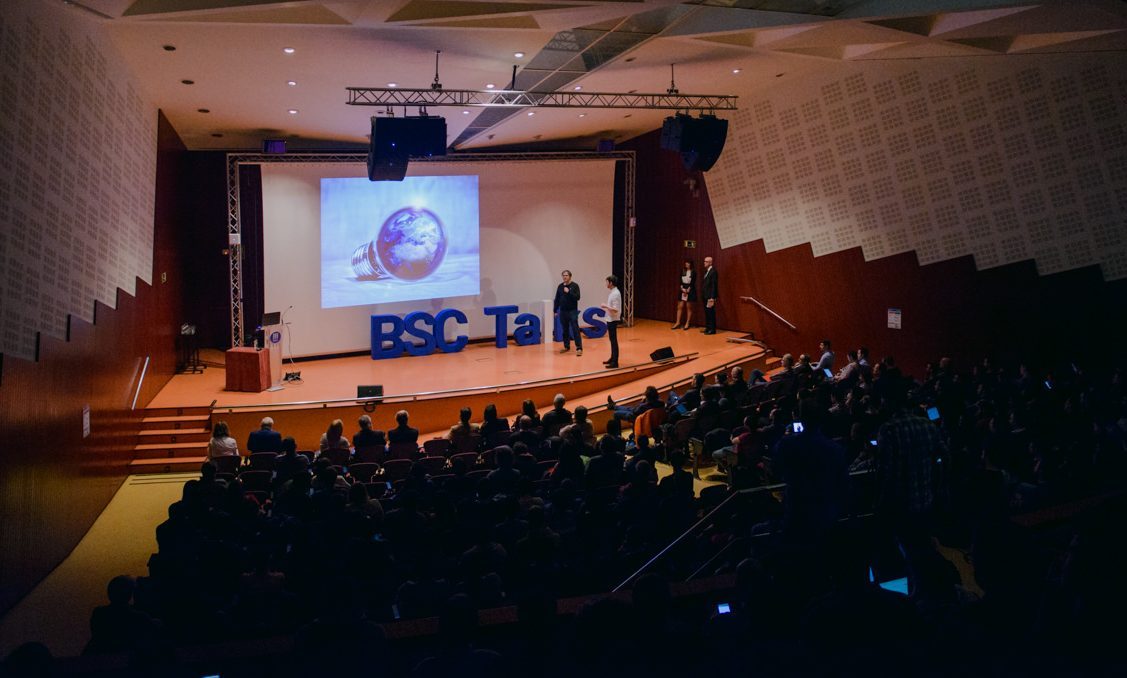
Last week two of our group members, Albert Gutiérrez and Ignacio López de Arbina, attended the Annual Planning Meeting of the EUROfusion Work Package Code Development for Integrated Modelling (WPCD). The event took place at the CINECA headquarters in Bologna, Italy, a computing center that host among others the Marconi supercomputer which devotes a significant part of its computing power to the nuclear fusion community.





